Stepping onto a construction site involves dealing with a myriad of challenges. Among them are weather conditions that can range from scorching heat to bone-chilling cold, or even an unexpected downpour. Specifically, this article targets the dilemma of rain and how to stay dry and efficient amidst the drops. We'll delve into the world of rain gear for construction workers and walk through the key considerations when searching for the ideal water repellent workwear. We'll explore features to look out for, essential gear items, the significance of visibility on stormy days, and types of rain gear available. Furthermore, we'll discuss factors to keep in mind regarding the quality and specific industry requirements, enabling you to make the most appropriate choice for adverse weather conditions. Let's kick off this insightful journey into selecting the best rain gear to keep workers dry, efficient, and safe on the job.
Key Features for Rain Gear
When it comes to outdoor activities, particularly those in unforgiving weather conditions, selecting the right rain gear can make all the difference. Rain gear, despite its straightforward name, encompasses much more functionality than merely keeping you dry. Adequate rain gear must possess three essential features: waterproofness, breathability, and durability. Neglecting to consider any of these key attributes when purchasing your rain gear might lead to discomfort and, in extreme circumstances, health risks. Let's delve deeper into these crucial features.
Waterproofness
The primary role of any piece of rain gear is to prevent water from reaching your skin or clothes, shielding you from the wet, cold, and sometimes harsh rain. The level of waterproofness varies greatly among rain gear. It is determined largely by the type of materials used and the manufacturing process. As technology continues to advance, modern rain gear items like the Unlined Waterproof Rain Jacket have been designed to provide superior water protection while remaining lightweight and stylish.
Breathability
As counterintuitive as it may seem, breathability is a key feature in rain gear. While its main objective is to keep water out, good rain gear should also allow perspiration to escape. This attribute prevents the build-up of moisture inside the garment that often leads to a feeling of clamminess and discomfort. Breathability is often achieved via special fabrics and design techniques that create a one-way barrier, permitting water vapor to get out but not allowing liquid water to penetrate.
Durability
Lastly, let's not forget durability. Effective rain gear is an investment that should stand up to years of use and potentially rough handling. Whether you're hiking across rugged terrains or merely navigating your way across town during a downpour, your rain gear should be sturdy enough to withstand tears, withstand abrasion, and maintain its waterproofness over time.
These are the primary features you should look for in high-quality rain gear – waterproofness, breathability, and durability. Whether you're an outdoor enthusiast braving the elements, or you simply want to stay dry during your daily commute, these key features ensure that your rain gear serves its purpose, providing you comfort, protection, and peace of mind during those wet and gloomy days.
Essential Rain Gear Items
We've all been there: stepping outside, only to realize too late that it's a full-blown downpour. Instead of retreating back inside, one can shine on a rainy day with the right gear. In this guide, we’ll walk you through five essential items to ensure you stay dry and cozy when the heavens open, enhancing both your comfort and productivity levels.
Waterproof Jackets
A waterproof jacket is a must-have, especially during heavy rainfall. Thanks to modern material and design advancements, these jackets combine functionality with style, meaning you can stay dry without sacrificing on looks. Waterproof jackets safeguard you against chilly winds as well, keeping you warm and protected in unpredictable weather conditions.
Pants
When it comes to rain gear, pants are without a doubt the unsung heroes. These essential garments repel water like their counterparts, the jackets. Yet, they do not get as much attention. Pants, especially items like our Bibbed Rain Gear Pant, employ superior material and design to grant you an unrestricted range of movement while ensuring maximum dryness.
Boots
Nobody enjoys soggy socks! Waterproof boots are thus non-negotiable when it comes to rain gear. Available in a variety of styles and materials, these boots can keep your feet dry even in the most torrential rain, while also providing much-needed insulation against the cold.
Gloves
Fingers are one of the first parts of our bodies to get cold when temperatures drop, making gloves another vital component of rain gear. Waterproof gloves not only keep your hands dry during rain showers but also ensure you maintain dexterity in cold, wet conditions.
Hats
Last but by no means least, a waterproof hat is an excellent addition to your rain gear repertoire. It keeps your head dry and warm, and a wide-brimmed style can even provide extra protection for your face.
Investing in these essential rain protection items will give you the confidence to maintain your routine, come rain or shine. No more canceling plans or getting caught unprepared in a downpour. With these gear items, you can weather any storm in comfort and style.
Importance of High Visibility Rain Gear
In inclement weather, your safety often hinges on your visibility. That's where high visibility rain gear makes a world of difference. Not only do these clothes keep you dry and warm, but their bright colors and reflective features also ensure that you're seen in low-light conditions.
For many professionals working in tough weather conditions, reliable rain gear is indispensable. From construction workers to rescue personnel, their jobs require them to stay visible, no matter the weather. When visibility decreases due to rain, fog, or dusk, jobs with high risk become considerably more dangerous. Here's where the importance of high visibility rain gear becomes even more apparent.
Items like the High Visibility Rain Jacket, for instance, serve a two-fold purpose. They keep the wearer dry and warm while making them easily visible to others. By combining utility, comfort, and safety, products like these save lives every single day.
Significance of High Visibility Rain Gear:
- Safety: The primary purpose of high visibility rain gear is to enhance safety. The bright colors and reflective elements of the clothing increase visibility, making the wearers less prone to accidents.
- Comfort: High visibility rain gear is designed to keep the wearer dry, warm, and comfortable, even in challenging weather conditions.
- Versatility: Whether you're a cyclist, a hiker, or a construction worker, high visibility rain gear caters to an extensive range of outdoor activities.
So, next time you head out into the rain, make sure you're garbed in high visibility rain gear. It's more than an investment—it's a commitment to your safety and well-being. Remember, the right gear makes all the difference, especially when the weather's against you. After all, your life’s worth every ounce of visibility you can get.
Types of Rain Gear
If you've ever been caught in an unexpected downpour, you know the importance of reliable rain gear. Having the right gear can mean the difference between a drenched afternoon or making it home dry and comfortable. There are a variety of options available to shield you from the elements. Whether you're taking a leisurely walk in the park or braving a hurricane, knowing about the different types of rain gear can help you choose the correct equipment.
Jackets
Rain jackets are a staple of any rain gear arsenal. They come in various materials and designs, each serving different weather conditions. Here are a few types to consider:
- Shell jackets: These are lightweight, making them perfect for those drizzly days or even more tropical cloudbursts.
- Insulated jackets: Perfect for colder, rainy climates, these have an inner layer of insulation in addition to a water-resistant exterior.
- Poncho jackets: Not precisely a jacket in the traditional sense, but a poncho is a great, packable option for sudden showers. It's easy to throw on over your clothes and offers ample coverage.
Pants
While a rain jacket protects your upper body, rain pants are essential for your lower half. They come in various designs and materials, like their jacket counterparts:
- Waterproof pants: Engineered with fabrics like Gore-Tex or eVent, these are designed to keep water out while allowing sweat and moisture to escape.
- Water-resistant pants: These aren't 100% waterproof but will keep you dry during light or moderate rain.
- Convertible pants: These pants have zippers above the knees, allowing you to convert them to shorts if the weather improves.
Suits
In more extreme weathers, a rain suit may be necessary. Often consisting of a jacket and pants set, rain suits come in different varieties:
- Heavy-duty suits: These are designed for serious weather conditions such as steady downpours or hurricane winds.
- Breathable suits: These suits have specialized material that repels water from the outside while wicking moisture from the inside, ensuring you stay dry and comfortable.
- Lightweight suits: Ideal for milder rain and easy to pack when traveling.
Coats
Raincoats often combine style and functionality. They provide full-body coverage and are designed to keep you dry and fashionable:
- Trench coats: A classic style that falls below the knee, offering full protection and a stylish look.
- Anorak coats: Generally come with a hood and feature a hip-length design, offering good coverage and many useful pockets.
- Parka coats: Also known as a fishtail coat, a parka is insulated and reaches to the mid-thigh level, providing enhanced protection in cold and rainy weather.
Selecting the right rain gear depends upon your needs, climate, and activities. Thanks to advancements in technology, modern rain gear like the Durable Hurricane Rain Gear has evolved to meet the challenges of any weather condition. From pants to coats, there are numerous options to ensure you stay dry, comfortable, and ready, come rain or shine.
Multi-layer Rain Gear Benefits
The secret to staying comfortable and dry during wet weather is more than just an umbrella. It's about in-depth protection, and this is where multi-layer rain gear comes into play. Whether you're an avid hiker, a cyclist, or someone who simply prefers to stay dry during a downpour, understanding the benefits of multi-layer rain gear can be a game-changer.
Multi-layer rain gear brings an edge of versatility that solo layer counterparts generally lack. The key value lies in the ability to handle various weather conditions with relative ease by adding or removing layers as required—no more getting stuck in a downpour unprepared. The following are some of the compelling benefits of going multi-layer:
- Temperature Regulation: When you're out and about faced with the fickleness of weather, multi-layers are your best bet. The outer layer provides waterproof protection, the middle layer offers insulation, and the base layer manages moisture (perspiration). This three-tiered protection ensures you're comfortable regardless of external temperatures.
- Enhanced Protection: Not only does multi-layer rain gear shield you from the rain, but it also offers you protection from the wind. The outer shell of this gear is typically wind-resistant, thereby enabling you to withstand stormy conditions.
- Durability: Given the multiple layers working in synergy, this type of gear tends to be more durable than single-layer alternatives. This saves you from frequent replacements, making it a cost-effective option in the long run.
- Flexibility: Perhaps one of the greatest merits of multi-layer rain gear is its flexibility. You can easily modulate your clothing based on the weather conditions, your activity level, or even your mood.
"Multi-layer rain gear allows for easy adjustment and provides added protection when needed."
Transitioning to multi-layer rain gear doesn't just mean staying dry; it's about embracing an adaptable, comfortable, and above all, practical way of weathering the storm. Get your multi-layer rain gear today and experience the benefits firsthand. Stay safe, keep dry, and let life's adventures unfurl, come rain or shine!
Considerations of Breathability and Moisture Control
When it comes to choosing the right clothing material, breathability and moisture control are fundamental aspects to consider that significantly impact comfort levels. Let's parse through these essential considerations for a comprehensive understanding.
To start with, breathability in a fabric refers to its capability of allowing air and moisture to pass through, thus preventing uncomfortable dampness or overheating. For instance, if you're engaging in strenuous physical activities, wearing non-breathable fabrics can lead to discomfort, as moisture gets trapped close to your skin. Therefore, selecting breathable fabrics is crucial for maintaining comfort.
On the other hand, moisture control or wicking, is the property of a fabric to absorb and evaporate sweat rapidly. This absorption process leads to a cooling effect, which, especially during heavy exercise or warm weather, can dramatically titivate your overall comfort.
Several types of fabric offer good breathability and moisture control. One such category includes synthetic fabrics like nylon and polyester, which provide a good balance of fulfilling both criteria. These materials can shed rainwater easily while ensuring the wearer remains comfortable.
- Key Takeaways:
- Breathability is the ability of a fabric to allow air and moisture to pass through.
- Moisture control or wicking refers to a fabric's capacity to absorb and evaporate sweat quickly.
- Synthetic fabrics like nylon and polyester offer good breathability and moisture control.
By gaining an understanding of breathability and moisture control, you can make informed decisions when choosing clothing materials. This knowledge will inevitably help increase your comfort levels, whether you're working out, heading outdoors, or just lounging around the house.
"Remember, the comfort provided by clothing is influenced by not just the style and fit, but fundamentally by the fabric's breathability and its ability to control moisture."
Importance of Waterproofing
Dressing appropriately for the weather has always been a practical aspect of our life. It's more than just throwing on a jacket and hoping it keeps you dry. Waterproofing, in its entirety, plays a pivotal role in this regard. Whether you're planning a hiking trip, going on a biking ride, or just preparing for a rainy day, understanding the necessity of waterproofing cannot be overemphasized.
One common misconception is that all jackets are waterproof. However, this isn't the case. For example, while PVC coated jackets are renowned for their waterproof capabilities, breathable jackets may not always provide full protection in heavy rain. So, it's vital to understand the difference between these jacket types and how they serve in different weather conditions.
The benefits of waterproofing are manifold:
- Durability: Waterproof materials have a longer lifespan. They are built to withstand harsh conditions and, therefore, last longer than non-waterproof materials.
- Comfort: Dryness translates into comfort. Nothing is worse than getting soaked in the rain and feeling the wetness seep onto your skin.
- Protection: Waterproof clothing and gear provide an additional layer of protection. They shield you from getting wet, and also reduce the risk of hygiene-related problems like bacterial or fungal infections.
Waterproofing isn't limited to clothing alone. There is a broad spectrum of items, from boots to backpacks, that need to stay dry for optimal functioning. They can help preserve the quality of their content, be it a delicious sandwich or an expensive laptop, by providing a dry barrier against the elements.
In essence, waterproofing plays an essential role in protecting us and our possessions from the unpredictable elements. The benefits, combined with the peace of mind it provides, make understanding waterproofing and choosing appropriate gear meaningful for everyone. Be it a light drizzle, a heavy downpour, or a snowstorm - always prepare for the elements and understand the importance of being waterproof.
Factors to Consider in Quality of Rain Gear
Selecting the right rain gear can be a hike up a slippery slope if you don't know what to look for. Not all rain gear is cut from the same cloth, and the quality can vary significantly. Whether you're an adventurous soul frequently braving the stormy wilderness or a construction worker facing rainy days, the right rain gear can make all the difference. Here are some key factors to help you select gear that balances comfort, durability, and, of course, top-notch rain protection.
Material:
The first element to consider is the type of material. It dictates the durability and weather resistance of the gear. Impermeable materials like PVC or rubber can provide excellent water protection but may be less breathable. On the other hand, fabrics like Gore-Tex can offer both water resistance and breathability, making them ideal for physical activities in the rain.
Tear-Resistance:
The durability of rain gear is paramount, particularly for those working in harsh outdoor conditions, such as construction sites. It is recommended to choose rain gear made of tear-resistant materials, with reinforced seams and heavy-duty construction. Take, for example, the rising popularity of tear-resistant rain gear among construction workers. With its ability to withstand the rigors of a tough work environment, it’s clear why more construction companies are investing in high-quality, tear-resistant rain gear.
Features:
Additional features, such as waterproof zippers, taped seams, and ventilation options, can greatly enhance the gear's performance. Rain gear that includes these additional protections can help keep you dry even in the fiercest of downpours.
Fit and Comfort:
Finally, the fit and comfort of the gear are essential factors. Ill-fitting rain gear can limit your mobility and impact your overall comfort. Ideally, your rain gear should fit comfortably, with enough room for layering clothing underneath while not being too bulky.
Remember, the most crucial factor is that your choice of rain gear should align with your specific needs. By taking into account the material, tear-resistance, features, fit, and comfort, you can ensure that you choose rain gear that will keep you dry and comfortable, whatever the weather.
Industry Specific Requirements
When it comes to safety gear, a 'one-size-fits-all' approach simply won't cut it. Different industries have unique requirements that demand bespoke solutions. Understanding these demands is vital to ensuring the safety and well-being of your workforce. Let's delve deeper into industry-specific safety gear requirements for construction, emergency response, and highway workers, illustrating just how diverse these demands can be.Safety Gear in Construction
Construction sites can be hazardous environments. Heavy machinery, falling objects, and relentless noise all contribute to the robust set of safety gear requirements for construction workers.
- Hard hats are essential on any construction site to protect workers' heads from injuries due to falling objects.
- High-visibility vests enable workers to be easily seen by their colleagues and machinery operators.
- Protective footwear is crucial to guard against foot injuries from sharp objects or heavy equipment.
Gear for Emergency Response Teams
Those involved in emergency response face a unique set of challenges. From high-stress environments to unpredictable hazards, these brave individuals need carefully tailored gear.
- Fire-resistant clothing is a staple in this industry, shielding against extreme heat and flames.
- Respiratory protection is vital in situations where toxic fumes or smoke can pose a threat.
- Glove protection has to be versatile, guarding against a variety of substances, from biological hazards to sharp debris.
Highway Worker Protective Gear
Highway workers are often exposed to high-speed vehicles and inclement weather conditions. Their safety gear is specifically designed to increase visibility and handle the rigors of the job.
- High-visibility clothing, often in fluorescent colors, allows highway workers to stand out even in poorly lit conditions.
- Hard hats and safety boots are also common safety measures on highway projects.
- Noise-canceling earplugs can prevent long-term hearing damage from the continual noise of traffic and machinery.
It's clear that the phrase "Know Your Industry" isn't just a business mantra, but a crucial guideline in ensuring workforce safety. By understanding and implementing industry-specific safety gear requirements, employers can take a significant step towards creating a safer and more productive work environment. Remember, a well-prepared workforce is a safe and effective one.
Wide Range of Rain Gear Options
When the skies open up, and rains come pouring down, being unprepared can quickly turn a pleasant day sour. Fortunately, the market offers a cornucopia of options for rain gear. With a diverse pool of styles, sizes, and features available, everyone from the avid adventurer to the daily commuter can find rain gear tailored to their needs.
There is a broad selection of rain gear ideas proposed by retailers to keep every particle of your body dry when the skies unleash their liquid sunshine. Let's dive deeper into each type:
Rain Jackets
The most common and perhaps the essential item of rainwear. They come in myriad styles, from long trench coats suitable for city commuting to light, packable jackets ideal for backpacking. Ample sizes are available to suit everyone, from children to plus-sized adults. Look for features like waterproof pockets, adjustable cuffs, a drawstring hood, and inner-lining for extra warmth on colder days.
Rain Pants and Overalls
For the outdoor enthusiast caught in torrential downpours, you may want more than just a jacket. Here, water-resistant pants and overalls come into play. They add an extra layer of protection to prevent your under-clothes from getting soaked.
Ponchos
The humble poncho is a classic rain gear option. It's lightweight, easily packable, and offers a reasonable amount of protection. They are a popular choice for festivals, theme parks, or anywhere you may face a sudden downpour.
Umbrellas
While not a wearable option like the others mentioned above, the umbrella is a classic, highly effective way to stay dry. Compact versions easily slip into a bag, while heavy-duty versions can withstand wind and heavier rains.
Each of these types of rain gear offer unique benefits and cater to different needs and preferences. While demand and popularity may fluctuate, the constant demand ensures that there will be a wide range expected in the foreseeable future.
Choosing the right rain gear can be a game-changer when the weather is unpredictable, allowing you to carry on with your day unimpeded. Whether you're looking for an ultra-light rain jacket for your next hiking trip, a heavy-duty poncho for that anticipated music festival, or a pair of durable rain pants for your regular bike commute, the myriad options in the market ensure that you'll find the perfect gear for you. The good news? All these options mean there’s no need to let a little rain dampen your day.
Conclusion
Ensuring the health and safety of construction workers should always be of paramount importance. Consequently, investing in superior quality rain gear, such as the 100% waterproof, breathable, and rip-resistant range offered by Rain Gear Pro is crucial. This selection is not only durable but also provides unrestricted movement, allowing workers to perform their tasks seamlessly even in incessant rains. The reflective 3M striping enhances visibility, adding another layer of safety. As we've discussed, prioritizing essential aspects like waterproofness, breathability, durability, high visibility, and industry-specific requirements when choosing rain gear can substantially promote workplace health and safety. Rounding up, reliable rain gear is indispensable not only to ensure workplace safety but also to uphold a comfortable and conducive working environment, regardless of the weather condition. So, make a sound investment in top-tier rain gear today, and make weather woes a thing of the past at your construction site.
Frequently Asked Questions
-
What are the key considerations when buying rain gear for construction workers?
The key considerations when buying rain gear for construction workers are: 1. Waterproof material and construction, 2. Durability and resistance to wear and tear, 3. Comfort and breathability, 4. Visibility features for safety, and 5. Proper sizing and fit.
-
What is the ideal material for rain gear for construction workers?
The ideal material for rain gear for construction workers is a waterproof and breathable fabric such as Gore-Tex or similar high-quality synthetic materials. These materials provide protection from rain and moisture while allowing proper ventilation to prevent overheating.
-
Why is durability important in rain gear for construction workers?
Durability is important in rain gear for construction workers because they are exposed to harsh conditions, heavy use, and rough surfaces. Durable rain gear will withstand repeated use and resist tears, abrasions, and punctures, ensuring long-lasting protection and value.
-
What visibility features should rain gear for construction workers have?
Rain gear for construction workers should have high-visibility features such as reflective strips, bright colors, or fluorescent materials. These features enhance visibility in low-light conditions and help prevent accidents by making workers more visible to others.
-
Why is proper sizing and fit important in rain gear for construction workers?
Proper sizing and fit are crucial in rain gear for construction workers as it ensures maximum comfort, unrestricted movement, and proper coverage. Ill-fitting gear can be uncomfortable, restrict movement, and leave areas exposed to rain, compromising protection and safety.



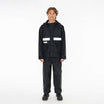
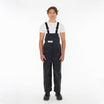
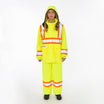
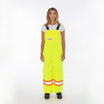
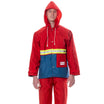
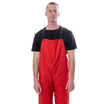
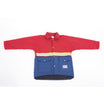
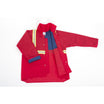
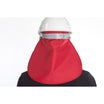

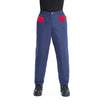
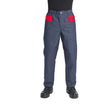
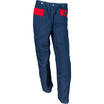
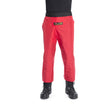
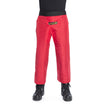
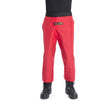
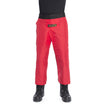
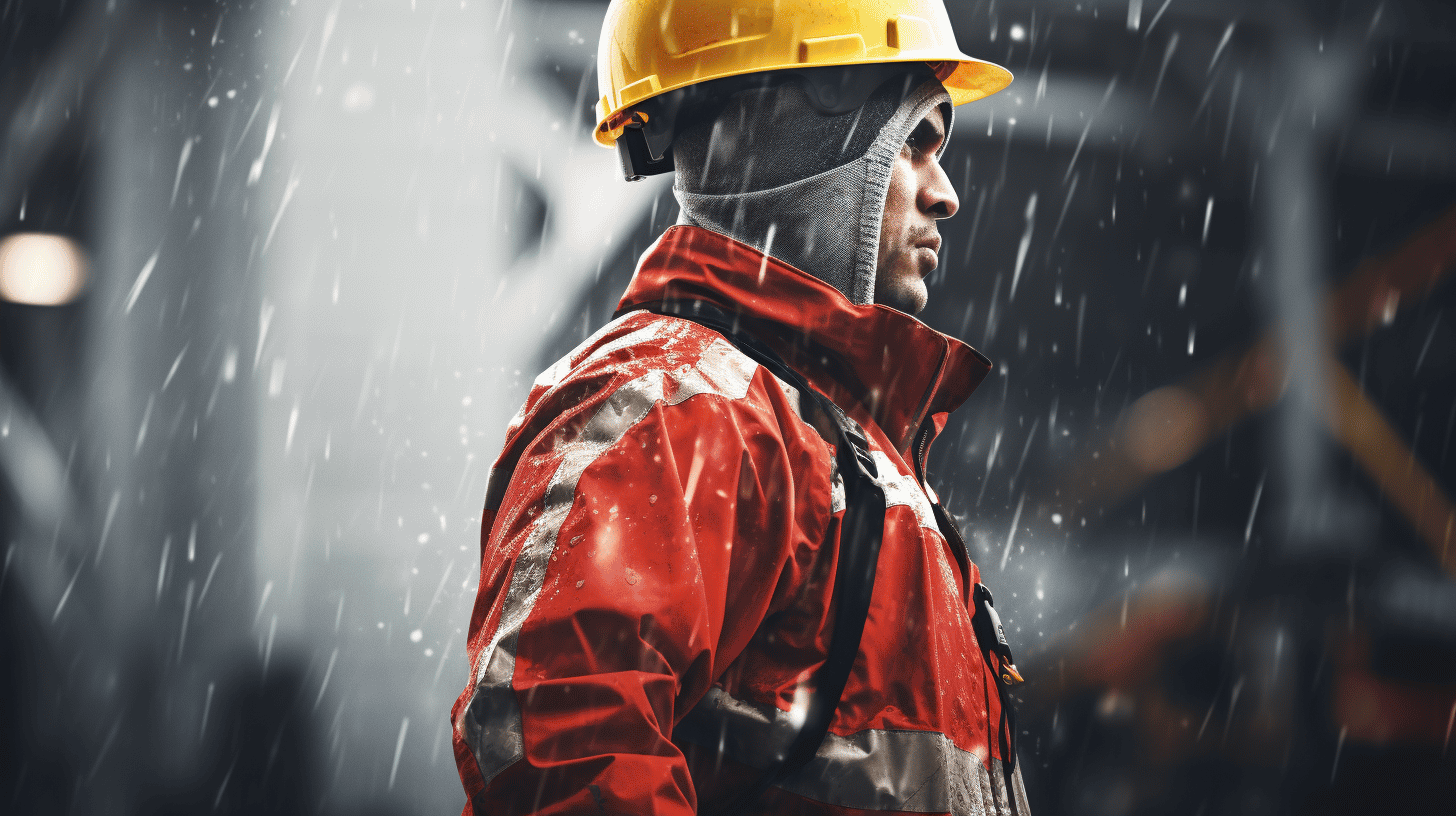
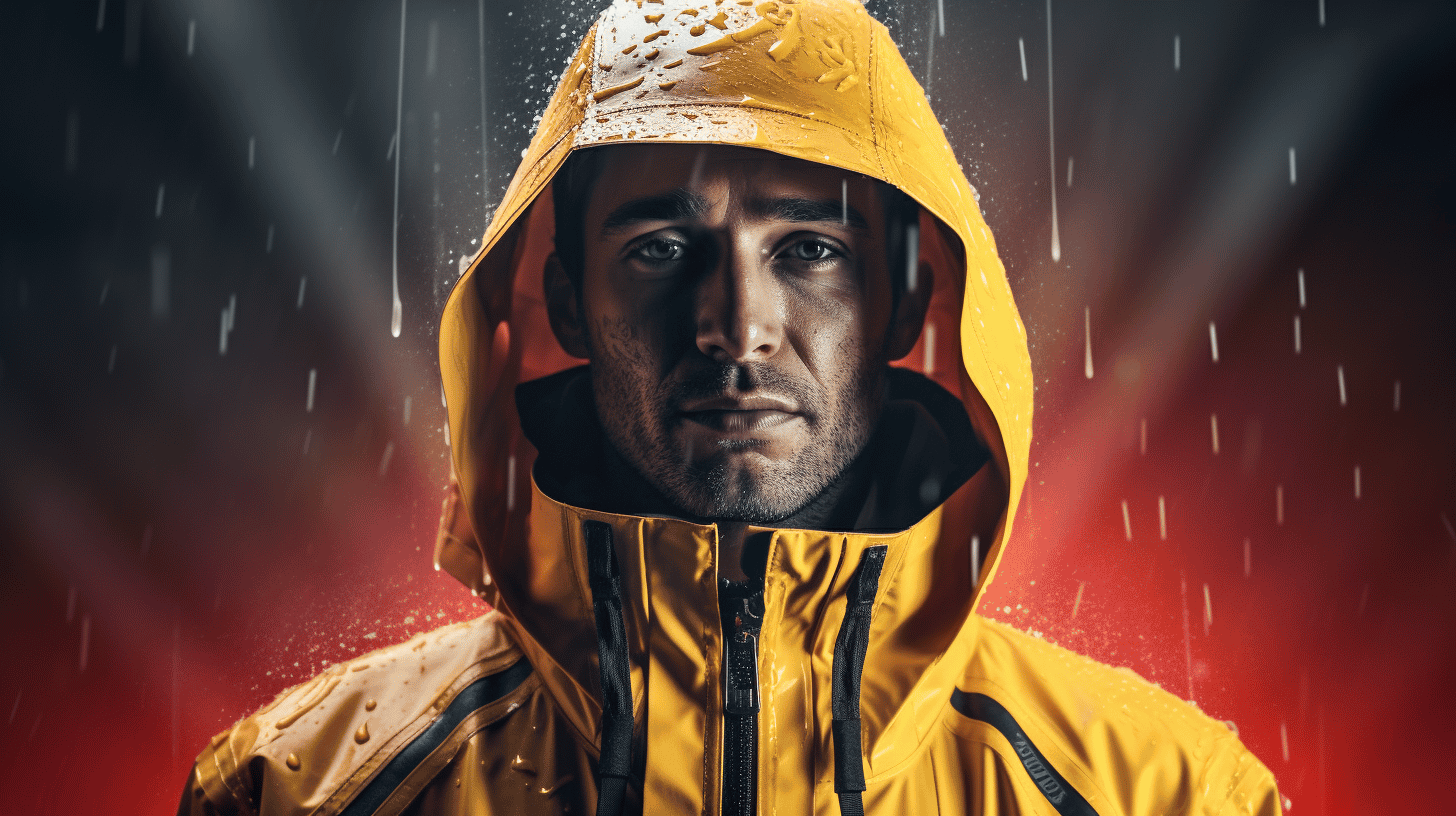
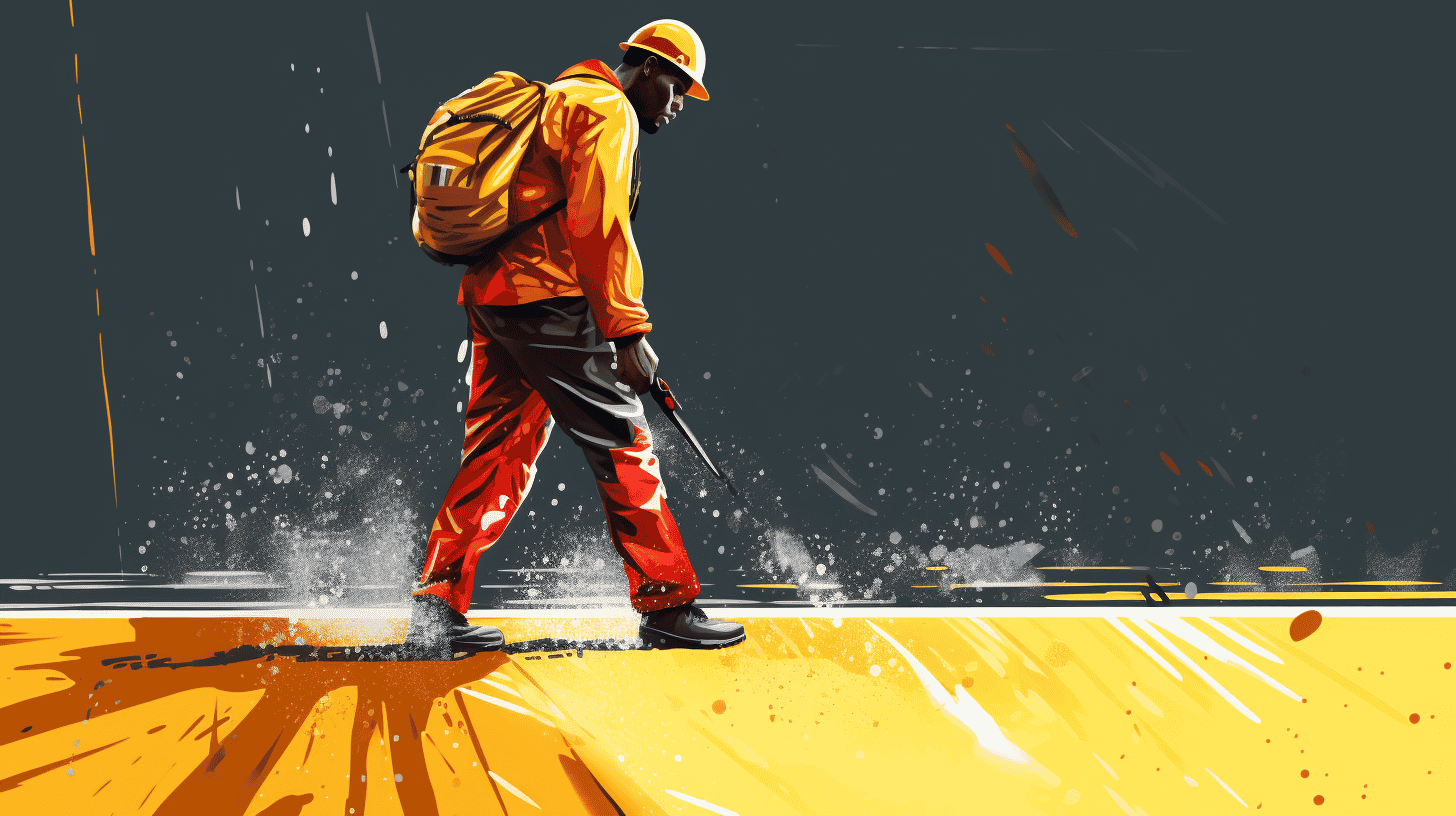
Leave a comment
This site is protected by hCaptcha and the hCaptcha Privacy Policy and Terms of Service apply.